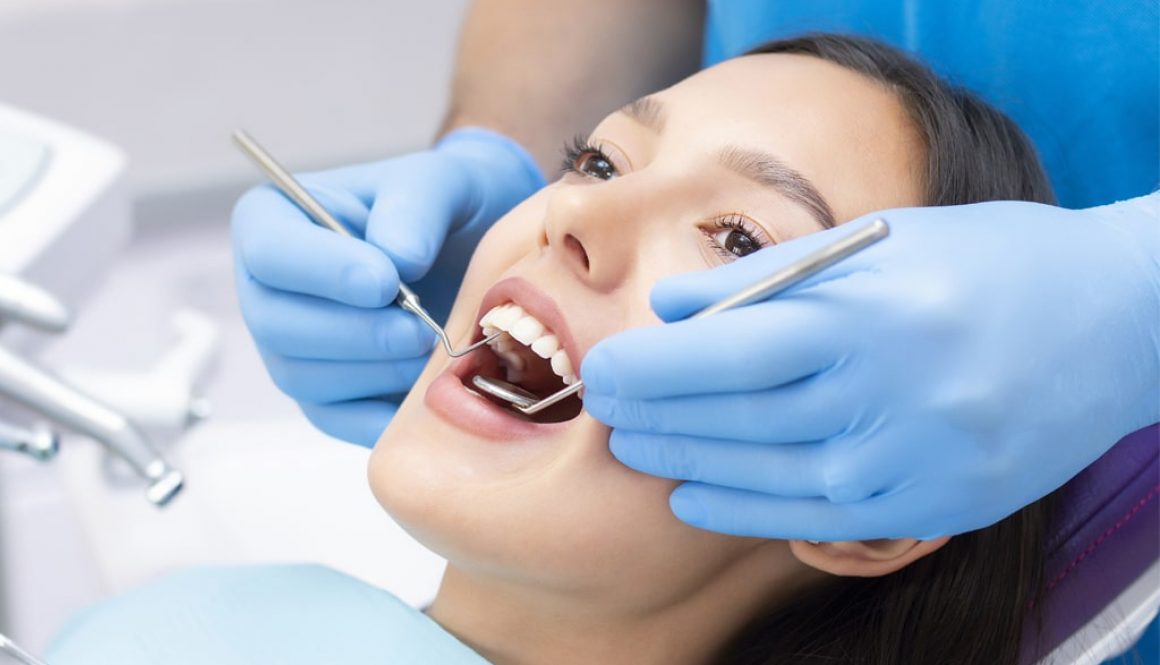Emergency Dental Care for Children What You Need to Know
Blog
Emergency Dental Care for Children What You Need to Know
In this blog post, we will discuss the importance of emergency dental care for children, outline common dental emergencies, provide guidance on handling such emergencies, and offer advice on preventing future incidents. By learning about emergency dental care, parents and guardians can be better prepared to address dental issues and ensure their children receive appropriate care.
Introduction:
Dental emergencies can happen to anyone, and children are no exception. Accidents, injuries, and infections can occur anytime, leading to pain, discomfort, or long-term damage if not treated promptly. As a parent or guardian, it’s crucial to understand the importance of emergency dental care for children, recognize the signs of common dental emergencies, and be prepared to take action when necessary. In this blog post, we will explore emergency dental care for children, providing valuable information and guidance to help you confidently handle these situations.
Common Dental Emergencies:
- Toothache: Toothaches are a common dental issue for children and can be a sign of a more severe problem, such as tooth decay, infection, or injury. If your child complains of a toothache, rinse their mouth with warm water, and use a cold compress to reduce swelling. Schedule an appointment with your dentist as soon as possible for proper diagnosis and treatment.
- Knocked-Out Tooth: A knocked-out tooth requires immediate attention to increase the chances of saving the tooth. Hold the tooth by the crown (the top part), rinse it gently with water (avoid scrubbing), and try to reinsert it in the socket (if your child is old enough to follow instructions). If this isn’t possible, place the tooth in a milk or saline solution container and head to the dentist immediately. Time is of the essence, so don’t delay!
- Broken, Chipped, or Fractured Tooth: If your child suffers a broken, chipped, or fractured tooth, rinse their mouth with warm water to clean the area. Apply a cold compress to reduce swelling, and contact your dentist immediately. Depending on the severity of the damage, the dentist may recommend various treatments, such as bonding, a crown, or even a root canal.
- Dental Abscess: An abscess is a severe bacterial infection that can develop around the root of a tooth or in the spaces between the teeth and gums. Symptoms include severe pain, swelling, fever, and a foul taste in the mouth. If you suspect your child has a dental abscess, contact your dentist immediately, as it may require antibiotics or drainage to prevent the infection from spreading.
Handling Dental Emergencies:
When a dental emergency occurs, staying calm and taking appropriate action to prevent further complications is essential. Here are some general steps to follow:
- Assess the situation: Determine the severity of the emergency and act accordingly. In some cases, you may need to visit the dentist immediately, while in others, you may be able to schedule an appointment within a day or two.
- Provide comfort: Help your child manage pain and anxiety by offering reassurance, administering over-the-counter pain relievers (if age-appropriate), and applying cold compresses to reduce swelling.
- Preserve the tooth (if applicable): If a tooth has been knocked out or broken, preserve it for potential reattachment or repair. As mentioned earlier, gently rinse the tooth with water and, if possible, reinsert it into the socket. If this is not feasible, store the tooth in a milk or saline solution container.
- Contact your dentist: Reach out to your child’s dentist to explain the situation and receive further instructions. They may ask you to come in immediately, or they might schedule an appointment within a short timeframe, depending on the severity of the issue.
- Follow up with dental care: Ensure that your child receives the necessary dental treatment and follows the dentist’s recommendations for aftercare to promote proper healing and prevent complications.
Prevention and Education:
While dental emergencies can’t always be avoided, there are steps you can take to minimize the risk of injury and protect your child’s oral health:
- Encourage good oral hygiene: Teach your child the importance of brushing their teeth at least twice daily, flossing daily, and maintaining a healthy diet to prevent tooth decay and other dental issues.
- Schedule regular dental checkups: Visit the dentist every six months for routine cleanings and exams to catch any potential problems before they escalate into emergencies.
- Use mouthguards: If your child participates in sports or other activities that pose a risk of dental injuries, consider having them wear a mouthguard to protect their teeth.
- Childproof your home: Reduce the risk of accidents by childproofing your home, especially for younger children. This includes covering sharp edges, securing heavy furniture, and using safety gates to limit access to potentially dangerous areas.
Conclusion:
Emergency dental care for children is important to maintaining your child’s overall health and well-being. Understanding common dental emergencies, knowing how to handle them, and taking preventative measures can help ensure that your child receives the appropriate care. Remember to remain calm and consult your child’s dentist for guidance and treatment. In doing so, you’ll be better prepared to protect your child’s smile and maintain oral health for years.
If you have a dental emergency, don’t hesitate to contact Apple Tree Dental Today.
Article compiled by Apple Tree Dental















